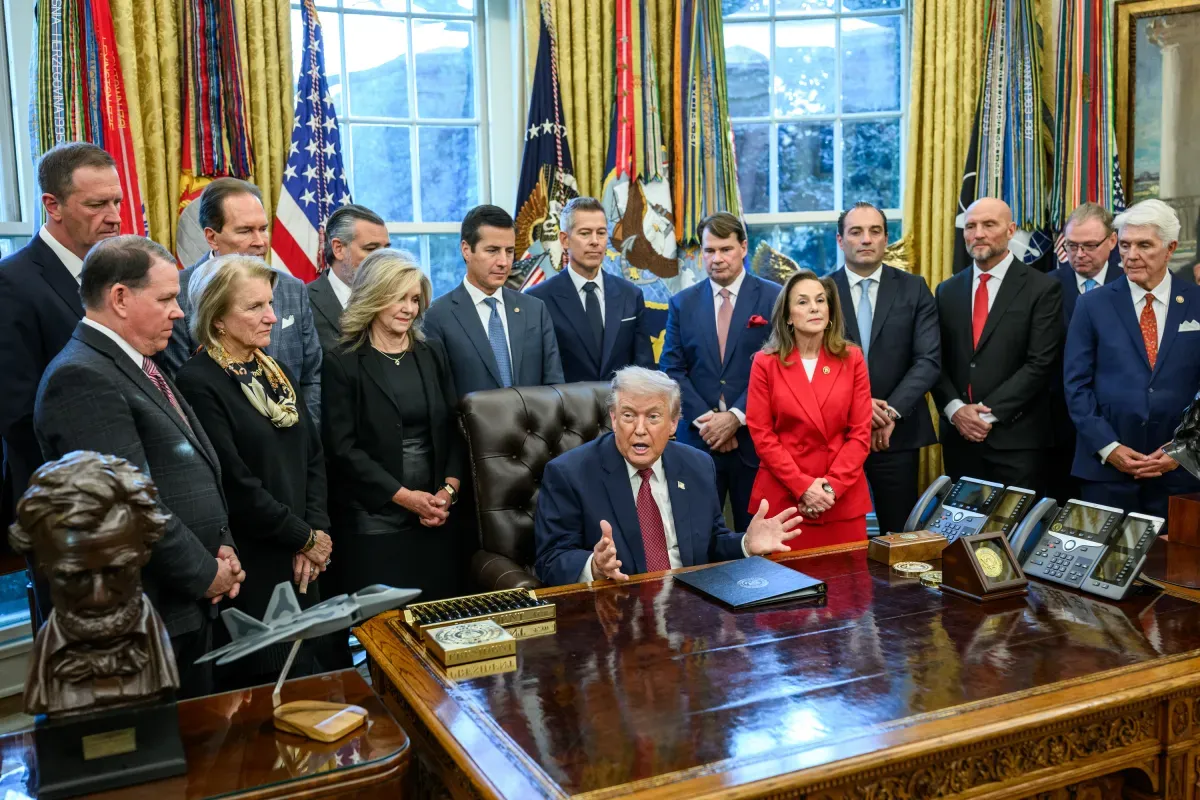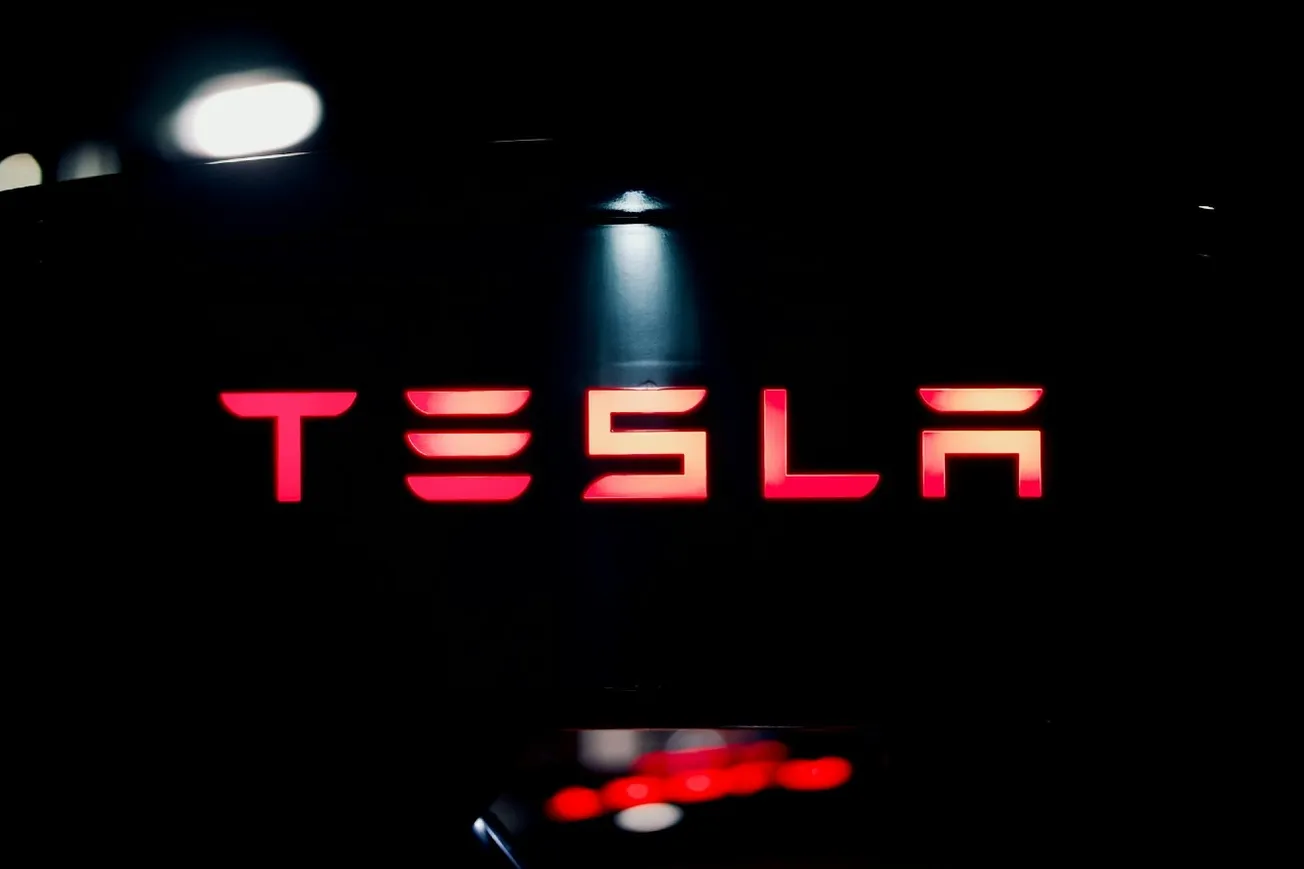By David Blackmon, The Daily Caller News Foundation | September 20, 2023
UAW President Sean Fain keeps telling reporters that he and his members are just trying to get their “fair share” of massive profits Detroit’s Big 3 Automakers have made in recent years, and that’s probably an accurate characterization as far as it goes. There is no denying Ford, GM and Stellantis have raked in billions in profits since their last big crisis in 2008-2009, when the government stepped in to bail out GM because it was too big to fail.
The unfortunate aspect of Fain’s backwards-looking approach to the union’s latest demands is that it fails to account for a very bleak future facing the U.S. automakers thanks to the policies being adopted by the Biden administration. The profit picture at Ford for 2023 paints the clearest illustration of where this industry has been and where it is being forced to go by the federal government.
As part of its 2nd quarter 2023 earnings report, Ford projected it expects consolidated EBIT (earnings before interest and taxes) to come in at between $11-$12 billion for the year. That seems a great outlook until you break it down into the company’s three major business units – commercial vehicles, ICE cars and EVs – and account for which of those units are being forced by government policy to decline in the coming years, and which one is being mandated to grow.
Ford said it expects its commercial and ICE units to each generate roughly $8 billion EBIT for the full year. These are internal combustion engine vehicles powered by either diesel or gasoline, and thus will be steadily forced off the market over the next decade, thanks to Biden’s higher auto mileage standards and tailgate emissions restrictions. Meanwhile, Ford expects its EV business unit to lose a whopping $4.5 billion for the year, yet this is the unit that must become the emphasis of Ford’s overall business in the coming years absent some unforeseen reversal in federal policy.
The UAW is striking to get its fair share of profits made mainly from the sales of hugely popular Ford ICE commercial vehicles and best-selling passenger ICE models like the F-150 pickup and the Ford Explorer SUV. But those models, with their comparably low miles-per-gallon ratings and higher tailpipe emissions, are the models the Biden administration is striving to force off the market. Ford has introduced EV models like the F-150 Lightning, the Mustang Mach-E and the E-Transit Van, but sales for 2023 have been low, so remarkably low that the company suspended production of the F-150 Lightning for 6 weeks over the summer.
The bottom-line result thus far in 2023 has amounted to losses of roughly $67,000 per EV unit sold by Ford over the first two quarters. Much of this can be attributed to the company’s need to make massive up-front investments in new plant, equipment, and supply chains for its EV division, along with the general growing pains of an overall industry for which the needed charging and other infrastructure does not currently exist. But there’s also the simple reality that most American consumers simply do not understand why they should be forced to pay significantly higher prices for cars with lower and unpredictable trip mileage that they can’t really trust during severe weather and emergency conditions.
While Fain complains when comparisons are made between the union wages his members earn and what he calls the “pitiful” pay earned by workers at Tesla, this strike for a bigger share of a dying business model emphasizes the wisdom of Elon Musk’s decision to relocate most of his operations in right-to-work states like Texas. Tesla is the only EV maker in the U.S. currently making Biden’s preferred business model work, and even it will only work so long as the federal subsidies keep coming. With an election looming just 14 months from now, the continuity of those subsidies now comes into question.
Fain and his members are striking against a business model being eliminated by government policy. Depending on how the 2024 election turns out, the strike could end up becoming the last gasp of a dying U.S. industry.
David Blackmon is an energy writer and consultant based in Texas. He spent 40 years in the oil and gas business, where he specialized in public policy and communications.
Original article link









